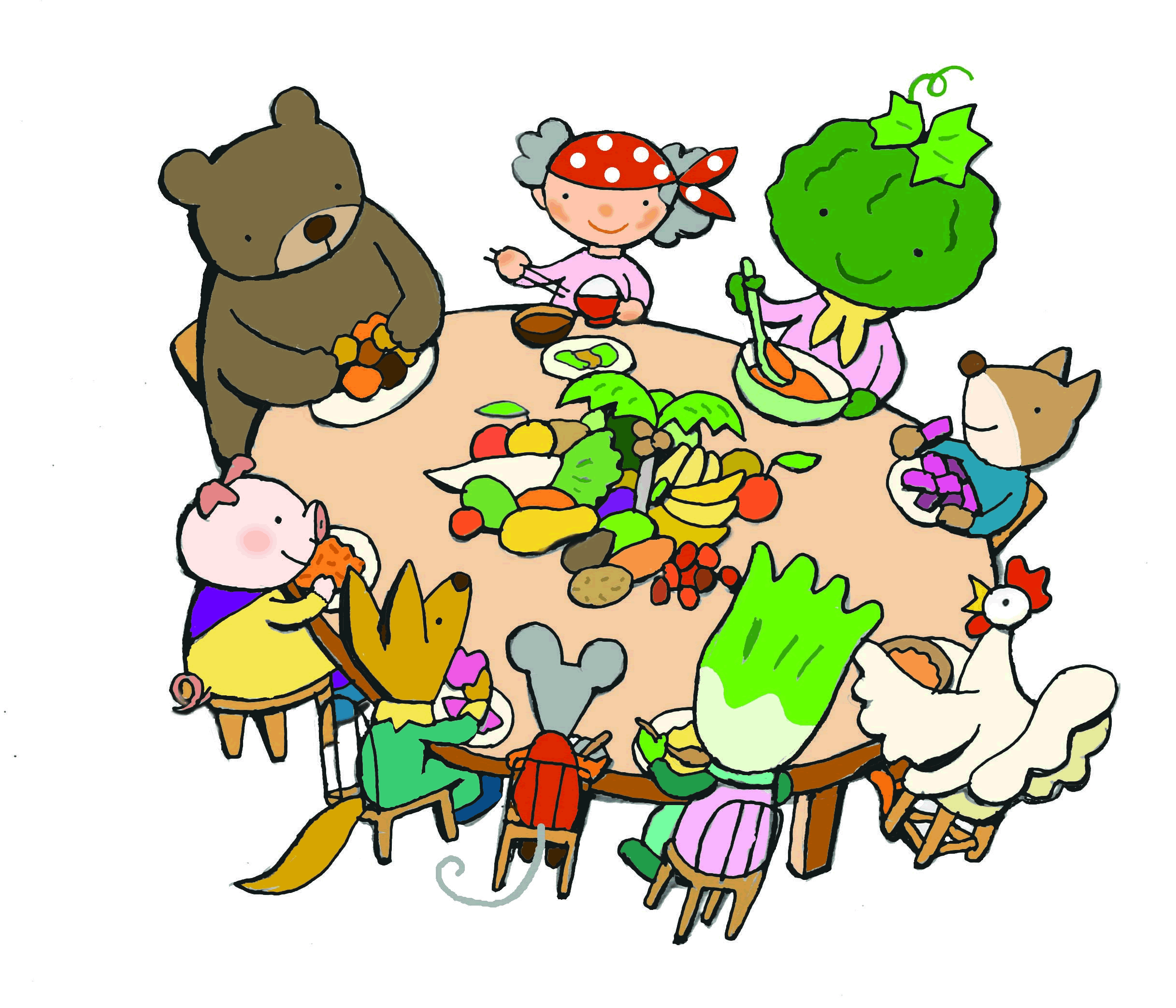Much has happened since the first supermarkets opened in Japan. The first is said to be Kinokuniya in Tokyo (1953), followed by Maruwa in Kita-Kyushu (1956). The initial reaction was that they would sell cheap and bad food, with cynics sneering at the katakana name, “suupa” (short for super). The expansion of the country’s transportation network made it possible to create high growth and massive profits were made.
The other factor behind the success that should not be forgotten was the appearance of artificial food additives. Bread with up to 30 food additives became the norm, and could be sold cheaply because of its long shelf-life. Products could also be shipped and sold nation-wide. In 1962, before the supermarket boom, Japan had 14,823 bakeries. The industry was soon ruled by the giant company Yamazaki Baking, and the number of bakeries dwindled to 4190 by 1971.
Of course this kind of trend did not just happen to the bakeries. Japan’s Fair Trade Commission has released data indicating that three major companies now dominate all sectors in a way that we can call oligopoly control. For frozen food, the largest three control 59.7% (Nichirei alone controls 32.8%), instant noodles 61.3% (Sanyo 31.3%), instant coffee 94.8 (Nestle 67.7%), whiskey 94.7% (Suntory 64.3%), and soy sauce 43.0% (Kikkoman 31.2%). Over half a century since the trend of industrial production with food additives made highly processed food possible, supermarkets continue to sell these items in large quantities. There is no doubt that our children’s health is increasingly under threat.
By Amagasa Keisuke, CUJ
June 12, 2018

